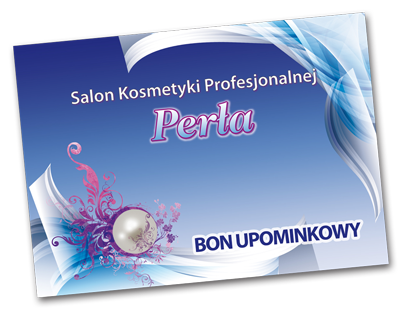Co to jest depilacja twardym woskiem?
How to Use Hard Wax for At-Home Hair Removal, According to Experts
Julia A. Siegel, MD is a board-certified dermatologist based in Boston, Massachusetts. She is a member of the American Academy of Dermatology and has authored several peer-reviewed journal articles and book chapters.
Anna Harris is an experienced fact-checker and researcher and a beauty writer and editor.In This Article
Are you looking for the best way to get rid of unwanted hair, but you're over shaving and don't want to do laser? Well, that's where waxing comes in. It's one of the most popular methods of hair removal, and for good reason. Minimal pain aside (depending who you ask), waxing offers ultra-smooth, long-lasting results.
Meet the Expert
- Gina Petak is the education manager at European Wax Center.
- Shari Sperling is a board-certified dermatologist who specializes in medical, cosmetic, laser and surgical dermatology.
Read on to learn all there is to know about using hard wax for hair removal, from how it works to the best at-home kits.
Application Process
The process of applying hard wax oil involves several key steps to ensure the best results:
1. Surface Preparation:
Begin by preparing the surface thoroughly. Sand the wood to a smooth finish, gradually using finer grit sandpaper for a polished texture. Make sure the surface is clean, free from any dust, dirt, or previous coatings.
2. Compatibility Test:
Before applying the oil to the entire surface, conduct a small test patch in an inconspicuous area. This allows you to check compatibility with the wood and assess the desired outcome of the finish.
3. Application Techniques:
There are different methods for applying oil, such as brushing, spraying, or wiping. Choose the most suitable technique based on the size and type of surface being treated. For larger areas like floors, a roller or brush may be more efficient, while smaller surfaces may benefit from wiping with a cloth.
4. Even Application:
Apply the oil evenly, following the direction of the wood grain to ensure uniform coverage. Avoid excess pooling or thick layers, as this can lead to uneven drying and an inconsistent finish.
5. Drying Time:
Allow the applied oil to dry as per the manufacturer’s instructions. This involves waiting for the oil to penetrate the wood and then wiping away any surplus with a clean cloth. Drying times may vary depending on environmental conditions.
6. Curing Period:
After drying, the oil needs time to fully cure. This process can take several days to a week, depending on the product and environmental factors. During this period, avoid heavy objects or exposure to excessive moisture or abrasion.
7. Optional Additional Coats:
8. Final Buffing:
Once the final coat has cured, you may opt to lightly buff the surface with a soft cloth or buffing pad. This can enhance the sheen and smoothness of the finish, though it’s an optional step for achieving a polished look.
Potential Side Effects of Ward Wax
There aren't many drawbacks to hard wax, other than a possible skin allergy. "You should always patch test new products to ensure you don’t have an allergy," advises Sperling, adding that at-home treatments can cause injury like burns or extensive exfoliation and tearing of the skin if not done correctly. Also, for larger areas like the (legs and back), soft wax is recommended, as hard wax can break off easily.
Here's how to get rid of unwanted body or facial hair using hard wax.
- Cleanse the area to remove any dirt, makeup, oil, and lotions.
- Apply a pre-wax oil to protect the skin and create a barrier between the skin and the wax.
- Heat the hard wax in a wax warmer or microwave, stirring it slightly to cool it down.
- Using a stick and pressure, apply the wax in the same direction of hair growth to try to avoid breakage. Make sure to create a lip at the end (using light pressure) to have something to hold on to while removing.
- Wait for the wax to harden (this usually takes about five minutes).
- Pull the wax off in the opposite direction of hair growth. Repeat on all desired areas.
- Apply an ingrown serum once hair is removed.
Hard wax needs to be warm and pliable (but not hot) to work. If using a wax warmer, the ideal temperature is 130 degrees Fahrenheit, and it should be a similar consistency to honey.
 U nas zapłacisz kartą
U nas zapłacisz kartą
